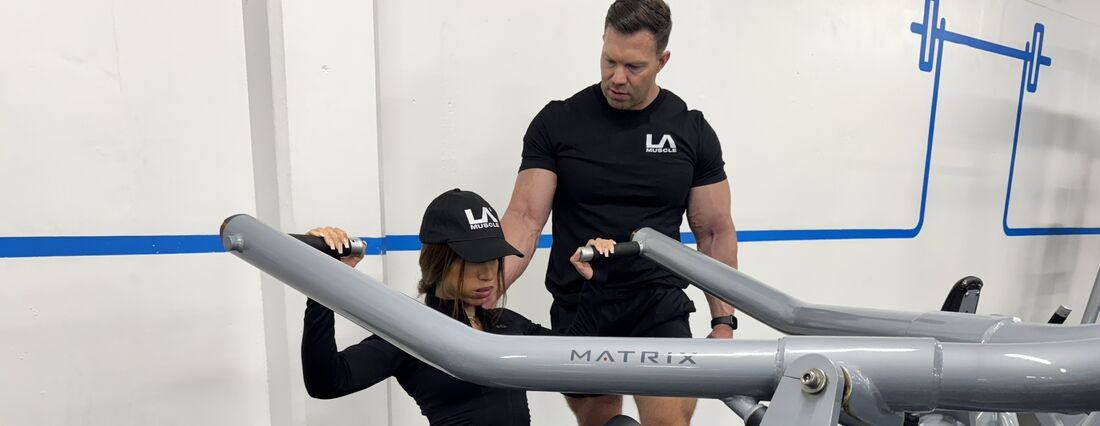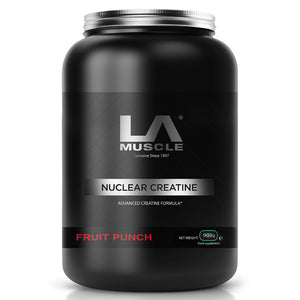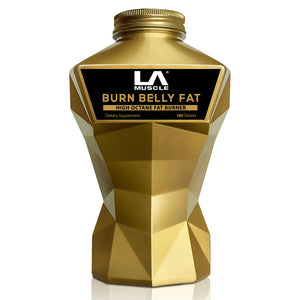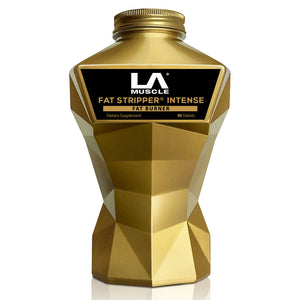
What Are Reverse Reps?
Reverse reps focus on the eccentric (lowering) phase of an exercise. Instead of just lifting the weight, you emphasize slowly lowering it under control. This creates more muscle damage, which leads to better growth during recovery.
Why Reverse Reps Work
-
Increase muscle tension and micro-tears
-
Build greater strength and control
-
Improve time under tension, key for hypertrophy
-
Help break plateaus in traditional training
How to Perform Reverse Reps
-
Lift Normally (Concentric Phase)
Use regular form to lift the weight. -
Slowly Lower (Eccentric Phase)
Take 3–6 seconds to lower the weight with control. -
Repeat
Keep the focus on the slow, controlled descent.
Best Exercises for Reverse Reps
You can apply reverse reps to most compound and isolation movements. Some examples:
Upper Body
-
Bench Press (focus on slow lowering)
-
Pull-ups or Lat Pulldown (lower slowly)
-
Barbell or Dumbbell Curl
-
Triceps Pushdown
-
Overhead Press
Lower Body
-
Squats
-
Deadlifts (Romanian or conventional)
-
Leg Press
-
Hamstring Curls
-
Lunges
Sets, Reps, and Weight
-
Weight: Use 60–80% of your 1RM (moderate weight)
-
Reps: 6–10 reps per set
-
Tempo: 1 second up, 3–6 seconds down
-
Sets: 3–5 sets per exercise
-
Rest: 60–90 seconds between sets
Sample Reverse Rep Push Day (Chest/Triceps/Shoulders)
-
Bench Press – 4 sets of 8 reps (5s eccentric)
-
Dumbbell Shoulder Press – 3 sets of 8 reps (4s eccentric)
-
Cable Chest Fly – 3 sets of 10 reps (4s eccentric)
-
Triceps Pushdown – 3 sets of 10 reps (3–4s eccentric)
Tips
-
Focus on form – don’t rush the eccentric phase.
-
Reverse reps are intense, so don’t overdo volume.
-
Combine with regular training for best results.
-
Deload every 4–6 weeks to allow recovery.


























